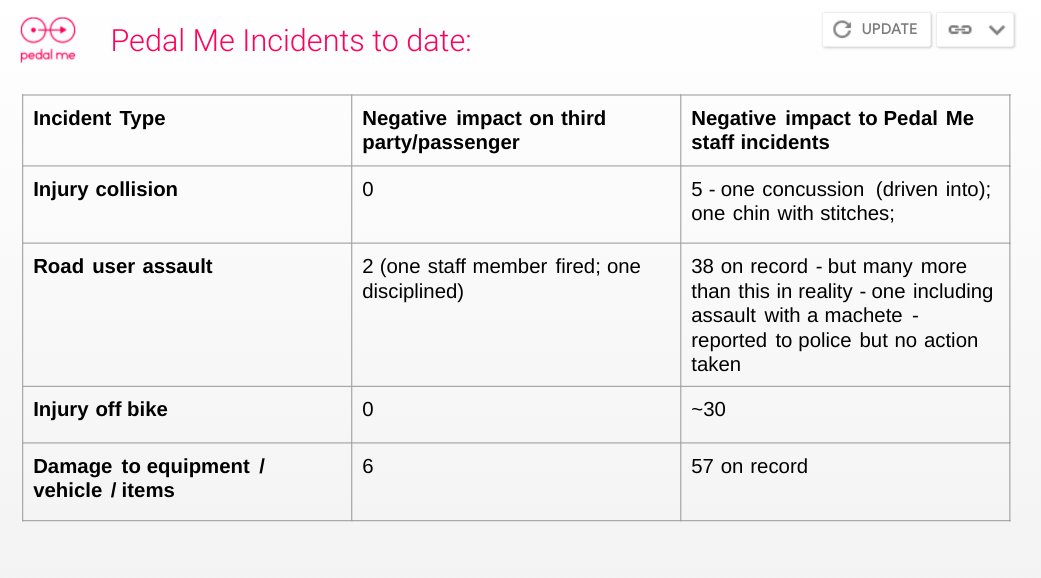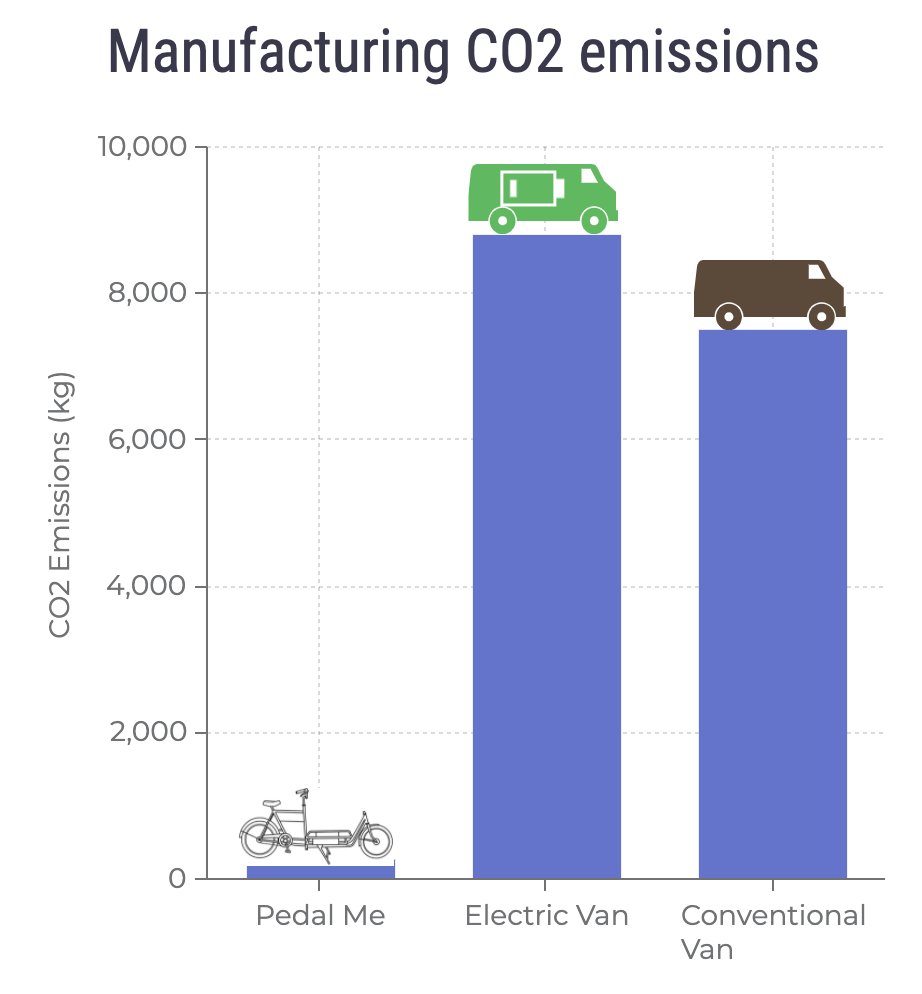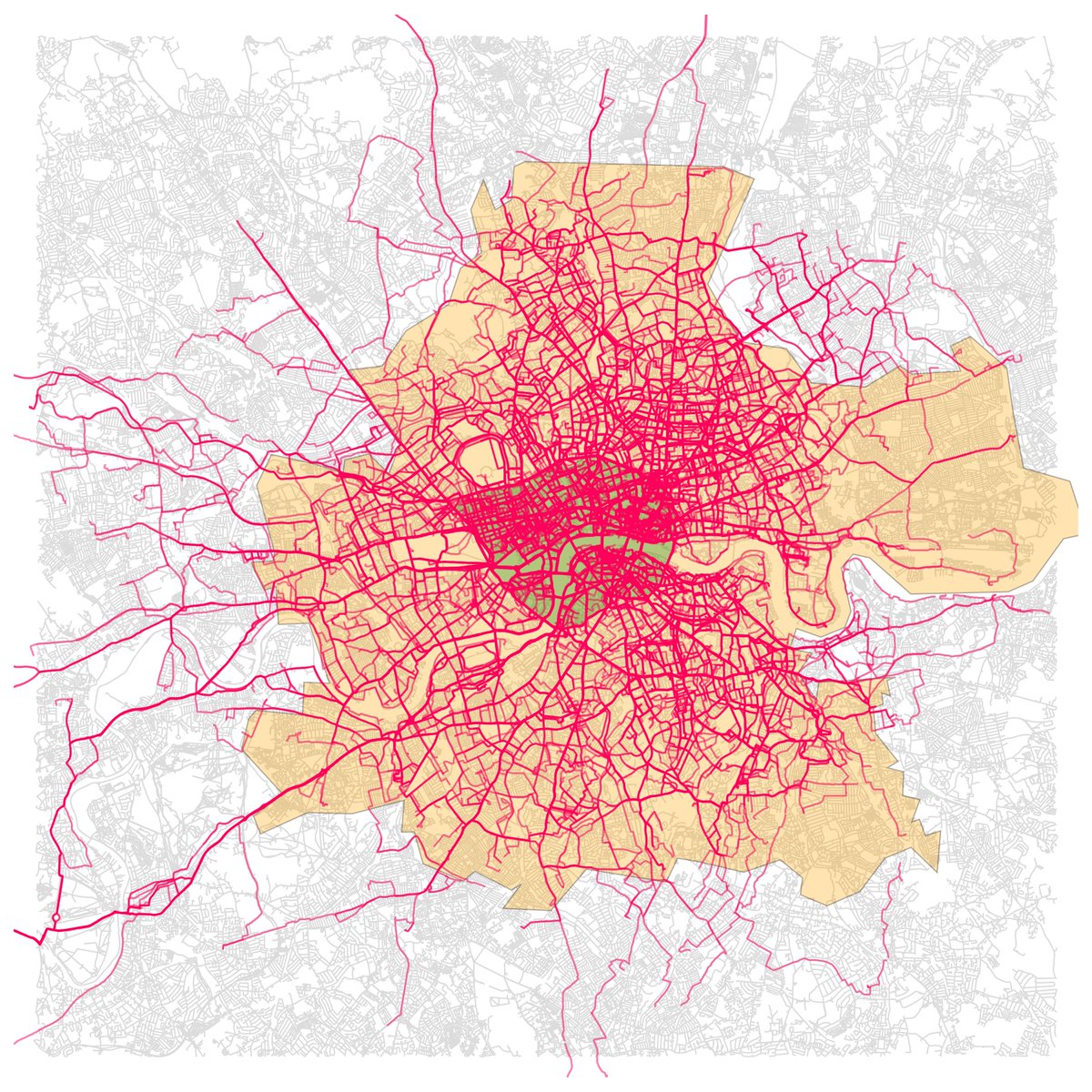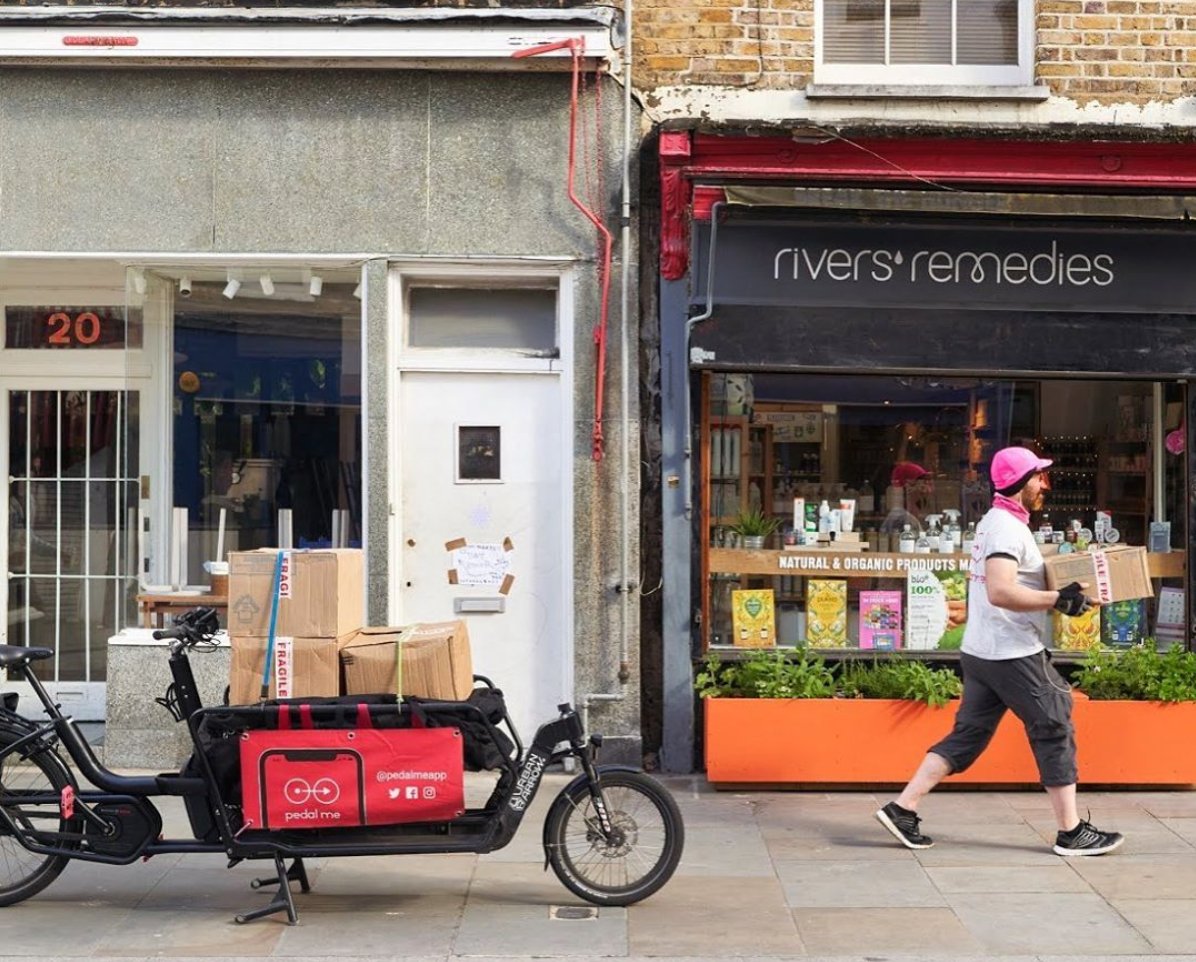@CliveAndrews @ratracecycles People that are taking risks that are sufficient that they feel they need to wear helmets are not welcome to work for us - because our vehicles are heavy and could cause harm, and because we carry small children on our bikes.
Instead - we systematically work to reduce risk.(1/n)
Instead - we systematically work to reduce risk.(1/n)
@CliveAndrews @ratracecycles ..at source. We do this by:
1) Thorough risk assessment.
2) Extremely high level of training, on an ongoing basis.
3) Near Miss reporting - we track near misses, and minor injuries, and tackle the causative factors.
(2/n)
1) Thorough risk assessment.
2) Extremely high level of training, on an ongoing basis.
3) Near Miss reporting - we track near misses, and minor injuries, and tackle the causative factors.
(2/n)
@CliveAndrews @ratracecycles For e.g. 1 our biggest source of injuries was bungee pings, so we eliminated bungees and now use dead inner tubes instead, which don't have a hook which could cause harm at the end.
e.g. 2 We retrofitted all bikes with more powerful brakes because of some brake fade incidents.
e.g. 2 We retrofitted all bikes with more powerful brakes because of some brake fade incidents.
@CliveAndrews @ratracecycles There are two areas for discussion here IME:
1) Are helmets useful in normal cycling?
2) Are helmets more or less useful for our use case?
1) Are helmets useful in normal cycling?
2) Are helmets more or less useful for our use case?
@CliveAndrews @ratracecycles As regards 1:
We know that increasing helmet wearing rates make cycling more dangerous per mile - although there are confounding factors here, this indicates that overall they do not provide a strong protective effect in the round - otherwise the opposite effect.
We know that increasing helmet wearing rates make cycling more dangerous per mile - although there are confounding factors here, this indicates that overall they do not provide a strong protective effect in the round - otherwise the opposite effect.
@CliveAndrews @ratracecycles Extensive reading of the literature suggests that this is because while helmets definitely help in the event of a crash, that risk compensation results in more collisions. So riders wearing helmets take greater risks, and those driving around them take greater risks too.
@CliveAndrews @ratracecycles As regards 2:
A major cause of head injuries is going over the handlebars, which is not possible with a 3 metre long bike.
Another thing that makes us unique is our training systems, maintenance systems, and ability to track poor rider behaviour.
A major cause of head injuries is going over the handlebars, which is not possible with a 3 metre long bike.
Another thing that makes us unique is our training systems, maintenance systems, and ability to track poor rider behaviour.
@CliveAndrews @ratracecycles We observe that companies that use helmets while wearing cargo bikes seem to be much more likely to jump red lights and take greater risks in general, as we might expect from risk compensation.
@CliveAndrews @ratracecycles Overall the vast majority of injuries to our riders occur off the bike, which we know because of our near miss and incident reporting - and that's our focus for tackling danger.
As @Chris_Boardman says: "Helmets not even in top 10 of things that keep cycling safe"
As @Chris_Boardman says: "Helmets not even in top 10 of things that keep cycling safe"
@CliveAndrews @ratracecycles @Chris_Boardman We welcome the positive and informed discussion which will follow from this. 😅
Pete @ratracecycles you're just down the road from me - I'll pop in for a coffee and a chat about bicycles tomorrow if you're about!
Pete @ratracecycles you're just down the road from me - I'll pop in for a coffee and a chat about bicycles tomorrow if you're about!
@CliveAndrews @ratracecycles @Chris_Boardman And finally, here are our incident logs.
We're particularly keen to help @metpoliceuk crack down on harrassment and assault on the street as this is something that is not common, but does happen and we don't think it's acceptable.
They have not appeared particularly interested.
We're particularly keen to help @metpoliceuk crack down on harrassment and assault on the street as this is something that is not common, but does happen and we don't think it's acceptable.
They have not appeared particularly interested.

• • •
Missing some Tweet in this thread? You can try to
force a refresh









